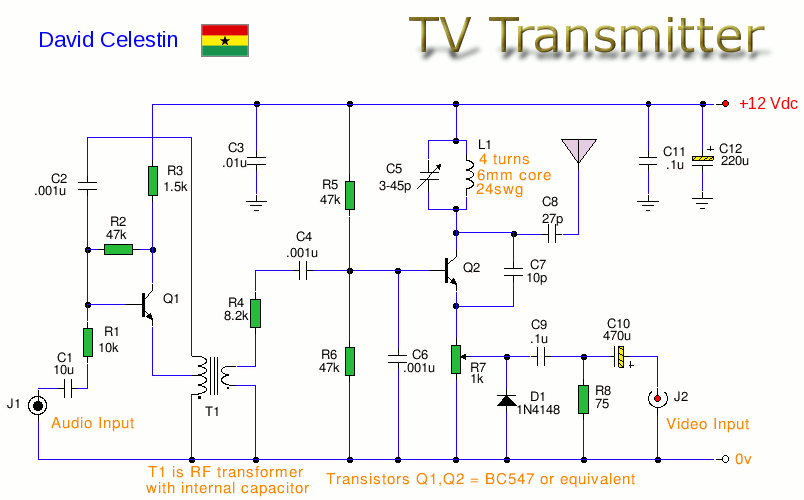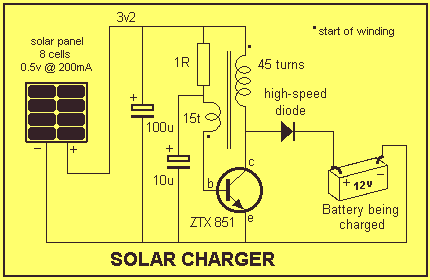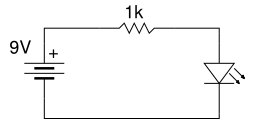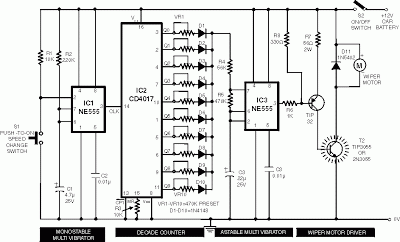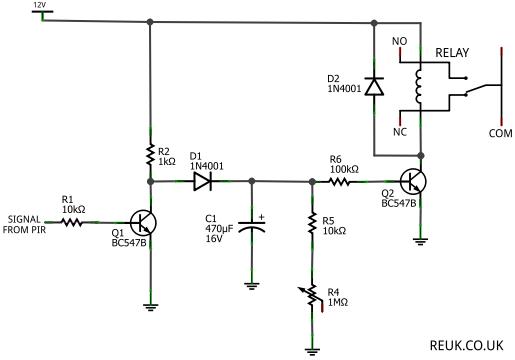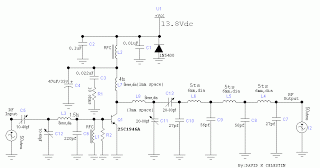
the human machine circuits and wires
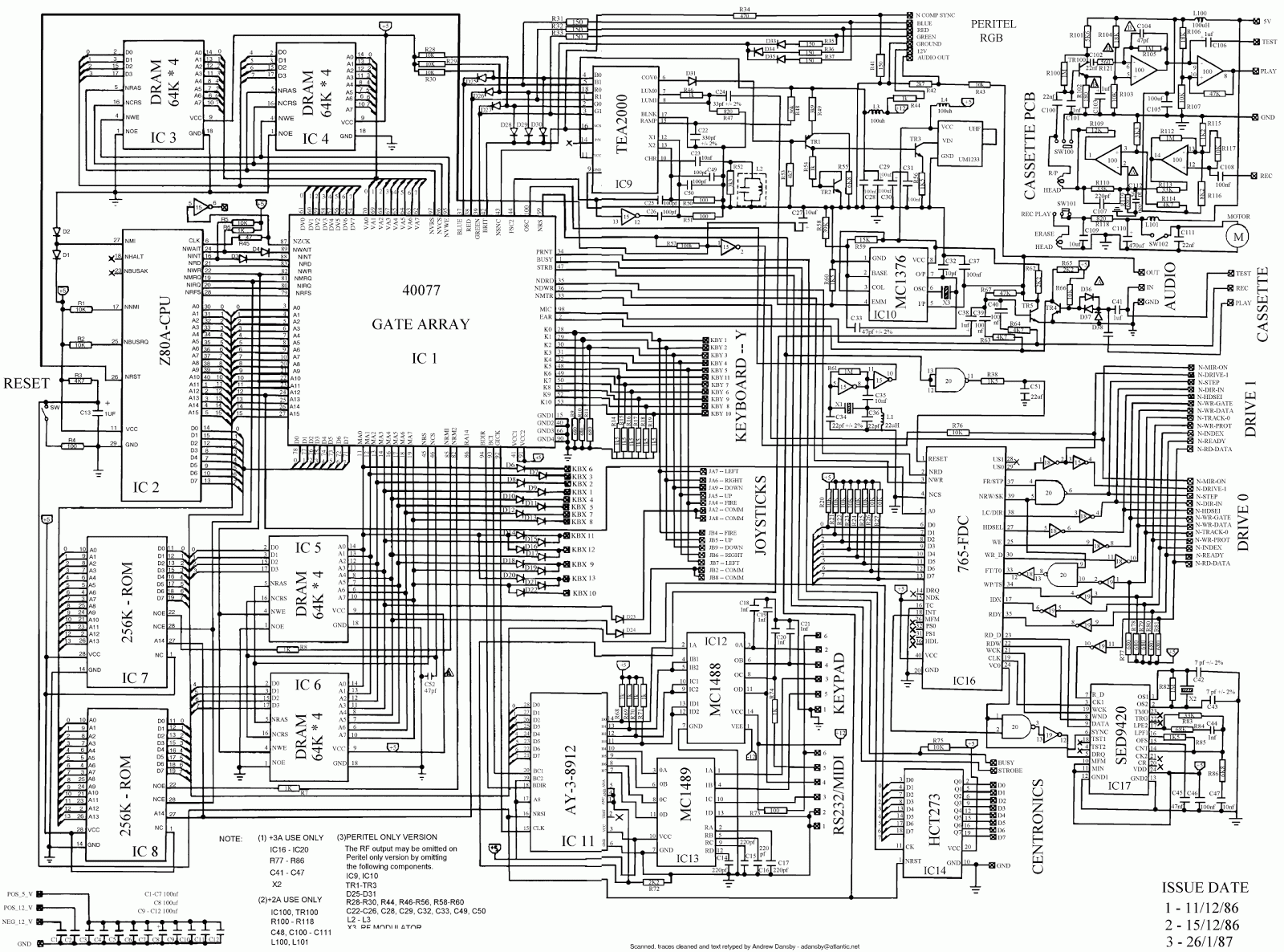
Electrical signals travel along the neurons in the brain and body, continuously transmitting information throughout the complex system. Without these signals, the body would function like a plant, with different parts unaware of each other's conditions, making animal life as known to us impossible. Many individuals have heard of the concept of electrical signals in the body, but few understand its implications. This text discusses neuronal signals, explaining why being struck by lightning is harmful while defibrillation can be beneficial. The body operates as an intricately wired system, with neurons connecting all parts through the nervous system. The central nervous system (CNS), consisting of the brain and spinal cord, is crucial for conscious decisions, but most signals from the brain operate subconsciously to regulate bodily conditions. The peripheral nervous system (PNS), which includes non-CNS neurons, primarily relays information, transmitting sensory signals to the brain or instructions from the CNS to peripheral tissues such as muscles. This entire network relies on neurons, specialized cells evolved to transmit information. Neurons are significantly longer than most cells, with an extended segment called the axon. Most neurons possess a single axon, while some in the brain may have multiple axons. The cell body contains essential organelles like mitochondria, the nucleus, and the endoplasmic reticulum. Dendrites, resembling fingers, extend from the cell body to connect with other neurons or cells. The axon terminal, located at the end of the axon, forms synapses, where neurons interact with other cells. The axon is typically insulated by a myelin sheath composed of Schwann cells or oligodendrocytes, facilitating efficient electrical signal transmission.
The nervous system operates through a complex network of neurons that facilitate communication between various body parts. Neurons are specialized cells that transmit electrical impulses, essential for both voluntary and involuntary actions. The structure of a neuron is critical for its function; the long axon allows for rapid signal transmission over distances, while dendrites receive incoming signals from other neurons. The synapse, a junction between neurons, is where neurotransmitters are released, enabling the transfer of information across the neural network.
The myelin sheath surrounding the axon enhances the speed of electrical conduction through a process known as saltatory conduction, where the signal jumps between nodes of Ranvier, gaps in the myelin sheath. This insulation not only increases signal speed but also conserves energy, allowing neurons to transmit information efficiently. The health and integrity of the myelin sheath are crucial for proper neural function; damage to this sheath, as seen in conditions like multiple sclerosis, can lead to significant impairments in communication between neurons.
In summary, the intricate design of the nervous system, characterized by specialized neurons and their connections, enables the body to function as a cohesive unit. This network supports a wide range of physiological processes, from reflex actions to complex cognitive functions, highlighting the importance of electrical signals in maintaining life as we know it.This is the electrical signals that run along the neurons in your brain and body in general, constantly relaying information back and forth throughout the whole complex machine. Without it we would be like plants, with one part of our bodies completely unaware of what`s happening to the rest of it, and animal life as it is familiar to us would be entirely impossible.
Most people have, I expect, heard of the notion of electrical signals running throughout our bodies (it`s why the machines built the Matrix, right ), but few will actually know what that means. In today`s post I`m going to be talking about what neuronal signals actually are, and so explain why being hit by lightning is a bad thing but beingdefibrillated (like in ER) can be a good thing.
Your body is anintricatelywired piece of equipment - neurons connect every part to every other via the nervous system. In my last post in this series, I discussed how cells talk to one another; well the role of the nervous system is to allow tissues to talk to one another.
This is often dictated by the central nervous system, made up of the brain and spinal chord, which is obviously vital for any concious decisions you might want to relay to the rest of your body, yet the majority of the signals coming from the brain are completelysubconscious- regulating the conditions of your body, for example. The peripheral nervous system, made up of all of the non-CNS neurons, tends to be less involved in the decision making, and more acting as a simple relay of information; either sensory signals working their way back to the brain, or important instructions being handed down from the CNS to the peripheral tissues like muscles.
This entire network is dependent on a single family of cells: neurons. These are a highly-specialised type of cell that have evolved solely to pass information along from one cell to the next. This specialisation is immediately evident in their structure. Neurons are a hell of a lot longer than most cells, most of their length coming from an extended segment called the axon, or nerve fibre.
Most neurons have just one axon but some, particularly in the brain, can have several. At one end of the axon is the cell body that contains the vast majority of the organelles of the cell - i. e. the bits that do the work - mitochondria, nucleus, endoplasmic reticulum etc. Dendrites, from the Greek for `fingers`, extend from the cell body and contact other neurons or cells.
At the end of the axon furthest from the cell body is the axon terminal; simply the end of the cell. Both the dendrites and the axon terminus form structures known as synapses, which is really just the point at which a neuron comes into contact with another cell. The axon itself is usually surrounded by a sleeve of other cells called the myelin sheath (made up of either Schwann cells or oligodendrocytes, but let`s not go into that here!) that act as insulation for the electrical signal.
And that`s basically it - nothin 🔗 External reference
The nervous system operates through a complex network of neurons that facilitate communication between various body parts. Neurons are specialized cells that transmit electrical impulses, essential for both voluntary and involuntary actions. The structure of a neuron is critical for its function; the long axon allows for rapid signal transmission over distances, while dendrites receive incoming signals from other neurons. The synapse, a junction between neurons, is where neurotransmitters are released, enabling the transfer of information across the neural network.
The myelin sheath surrounding the axon enhances the speed of electrical conduction through a process known as saltatory conduction, where the signal jumps between nodes of Ranvier, gaps in the myelin sheath. This insulation not only increases signal speed but also conserves energy, allowing neurons to transmit information efficiently. The health and integrity of the myelin sheath are crucial for proper neural function; damage to this sheath, as seen in conditions like multiple sclerosis, can lead to significant impairments in communication between neurons.
In summary, the intricate design of the nervous system, characterized by specialized neurons and their connections, enables the body to function as a cohesive unit. This network supports a wide range of physiological processes, from reflex actions to complex cognitive functions, highlighting the importance of electrical signals in maintaining life as we know it.This is the electrical signals that run along the neurons in your brain and body in general, constantly relaying information back and forth throughout the whole complex machine. Without it we would be like plants, with one part of our bodies completely unaware of what`s happening to the rest of it, and animal life as it is familiar to us would be entirely impossible.
Most people have, I expect, heard of the notion of electrical signals running throughout our bodies (it`s why the machines built the Matrix, right ), but few will actually know what that means. In today`s post I`m going to be talking about what neuronal signals actually are, and so explain why being hit by lightning is a bad thing but beingdefibrillated (like in ER) can be a good thing.
Your body is anintricatelywired piece of equipment - neurons connect every part to every other via the nervous system. In my last post in this series, I discussed how cells talk to one another; well the role of the nervous system is to allow tissues to talk to one another.
This is often dictated by the central nervous system, made up of the brain and spinal chord, which is obviously vital for any concious decisions you might want to relay to the rest of your body, yet the majority of the signals coming from the brain are completelysubconscious- regulating the conditions of your body, for example. The peripheral nervous system, made up of all of the non-CNS neurons, tends to be less involved in the decision making, and more acting as a simple relay of information; either sensory signals working their way back to the brain, or important instructions being handed down from the CNS to the peripheral tissues like muscles.
This entire network is dependent on a single family of cells: neurons. These are a highly-specialised type of cell that have evolved solely to pass information along from one cell to the next. This specialisation is immediately evident in their structure. Neurons are a hell of a lot longer than most cells, most of their length coming from an extended segment called the axon, or nerve fibre.
Most neurons have just one axon but some, particularly in the brain, can have several. At one end of the axon is the cell body that contains the vast majority of the organelles of the cell - i. e. the bits that do the work - mitochondria, nucleus, endoplasmic reticulum etc. Dendrites, from the Greek for `fingers`, extend from the cell body and contact other neurons or cells.
At the end of the axon furthest from the cell body is the axon terminal; simply the end of the cell. Both the dendrites and the axon terminus form structures known as synapses, which is really just the point at which a neuron comes into contact with another cell. The axon itself is usually surrounded by a sleeve of other cells called the myelin sheath (made up of either Schwann cells or oligodendrocytes, but let`s not go into that here!) that act as insulation for the electrical signal.
And that`s basically it - nothin 🔗 External reference
Warning: include(partials/cookie-banner.php): Failed to open stream: Permission denied in /var/www/html/nextgr/view-circuit.php on line 713
Warning: include(): Failed opening 'partials/cookie-banner.php' for inclusion (include_path='.:/usr/share/php') in /var/www/html/nextgr/view-circuit.php on line 713
